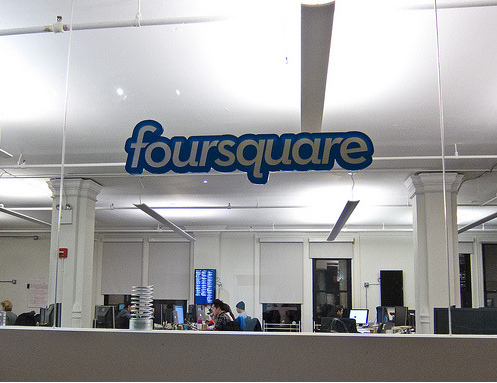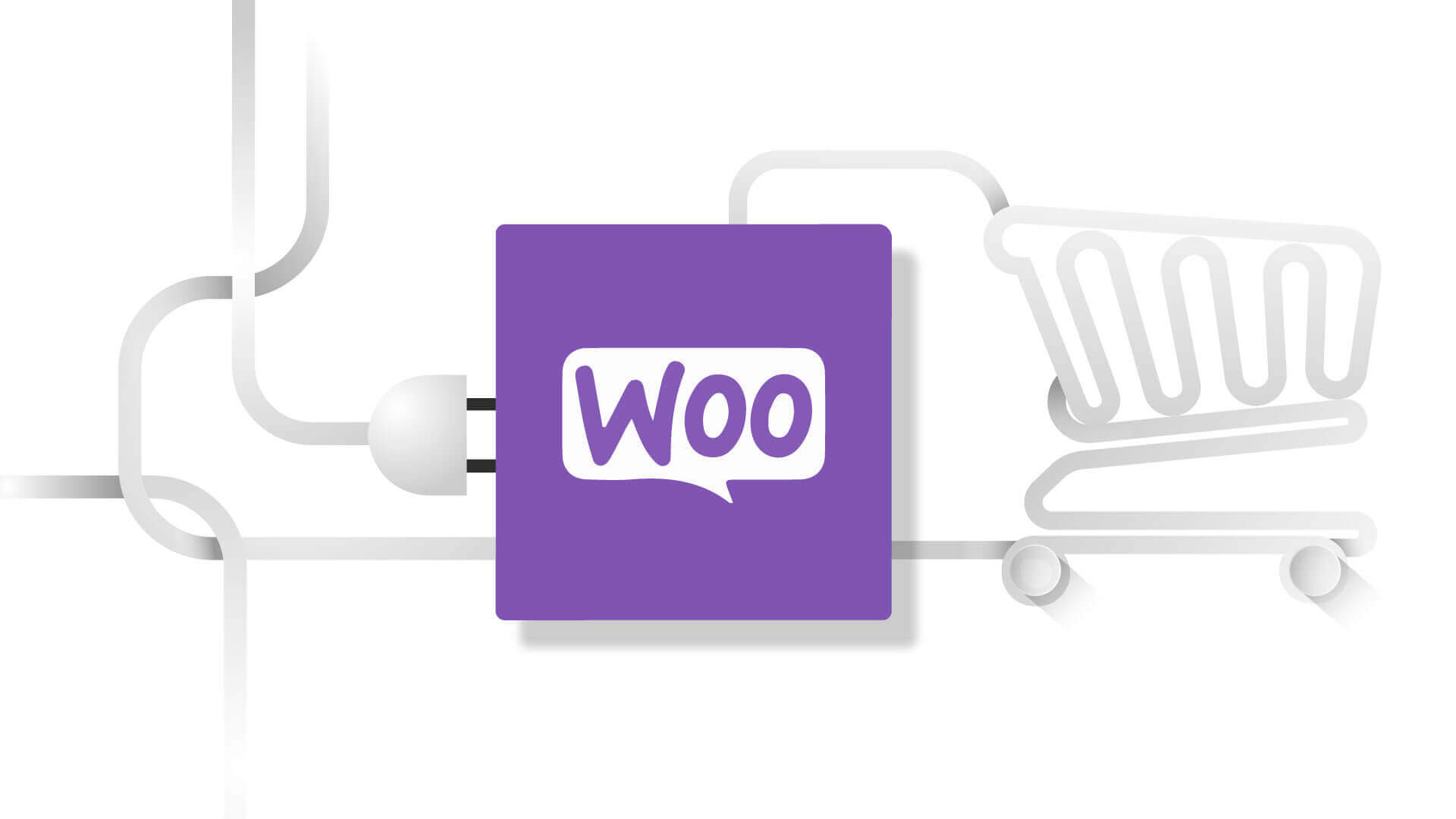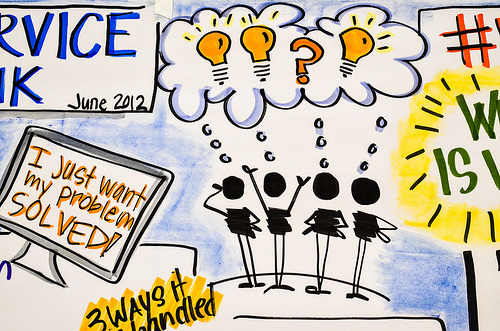Mark Zuckerberg may be the poster child for entrepreneurial success as a young person, but he had to hire a CEO coach and learn how to lead. Along his meteoric rise, he had to get an education on how to be a manager—simply being the founder and CEO of a hypergrowth company wasn’t enough.
No doubt, leadership is tough, even for the most naturally gifted business people. That’s because it feels unnatural.
You have to train yourself to overcome the innate responses that accompany regular social interaction and contend with the instinct to be liked while continually evaluating and providing feedback. Plus, you also have to fight the inclination to always be producing.
Hard work likely got you this far, but once you take on the CEO reins, your job as a manager won’t resemble work as you know it. In fact, it may not resemble work at all, and that can be incredibly uncomfortable.
To Andy Grove, a management legend and former CEO of Intel, a manager’s fundamental job of information gathering can be one of the most unnatural and awkward. Yet dealing with that awkwardness, even inviting it, is also a fundamental part of being a good leader.
Grove tells us, that there’s an efficien —but underused because it’s uncomfortable—way to get and disseminate information: To be out in the open in your company, doing nothing.









 Happy Friday! Catch up with the best of what we’ve shared on the interwebs this week!
Happy Friday! Catch up with the best of what we’ve shared on the interwebs this week!  Dundee’s Tip of the Week: Want to add to your list of dones as you finish it rather than waiting for your reminder email? You can always add dones whenever you want via
Dundee’s Tip of the Week: Want to add to your list of dones as you finish it rather than waiting for your reminder email? You can always add dones whenever you want via 
